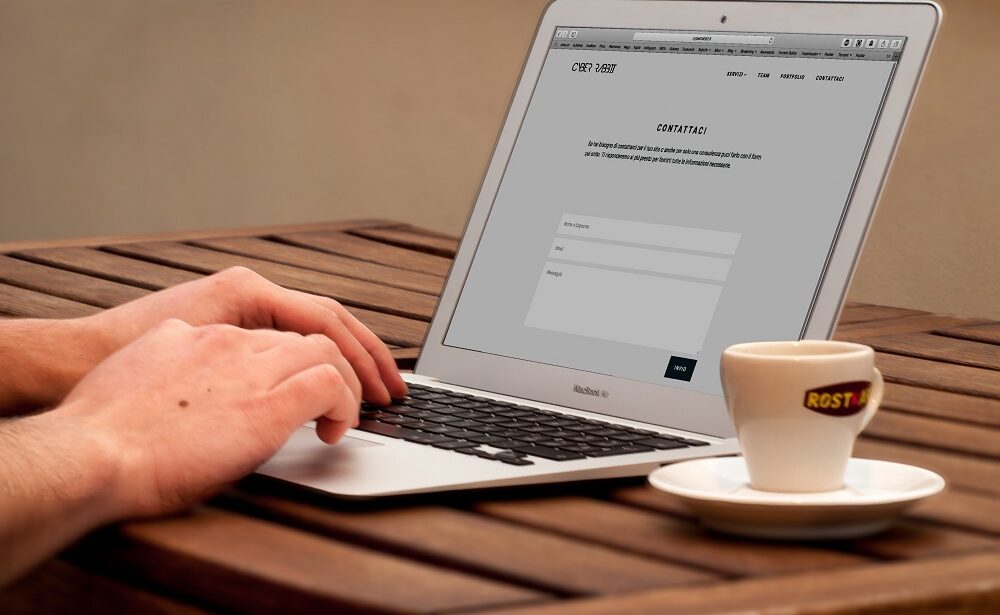Photo by Pixabay
In today’s digital landscape, it is crucial to design websites that are accessible and inclusive to people with disabilities or diverse needs. Web accessibility ensures that individuals with visual, auditory, cognitive, or motor impairments can perceive, navigate, and interact with websites effectively. Inclusivity goes beyond accessibility, considering a broader range of user experiences and ensuring that everyone can engage with online content. In this article, we will explore best practices for designing accessible and inclusive websites, providing you with practical guidelines to create a digital environment that caters to all users.
Understand Accessibility Guidelines
To design for accessibility, it is essential to understand and follow established accessibility guidelines. The Web Content Accessibility Guidelines (WCAG) provide a comprehensive framework for making websites more accessible. WCAG offers four principles: Perceivable, Operable, Understandable, and Robust (POUR). Familiarize yourself with these principles, which include recommendations for alt text for images, proper heading structure, keyboard accessibility, and more. Adhering to these guidelines will greatly enhance the accessibility of your website.
Use Clear and Descriptive Content
When designing for accessibility, it is important to present content in a clear and concise manner. Use plain language and avoid complex jargon or technical terms that may be challenging for some users to understand. Structure your content with headings, subheadings, and bullet points to improve readability and comprehension. Additionally, provide alternative text (alt text) for images, ensuring that visually impaired users can understand the context and purpose of each image.
Optimize Color Contrast
Consider the color contrast between text and background to ensure readability for all users, including those with visual impairments or color deficiencies. Use tools or browser extensions to check the contrast ratio and ensure it meets the WCAG standards. Avoid using color as the sole means of conveying important information, and provide additional visual cues or text alternatives to ensure that content remains understandable for everyone.
Implement Keyboard Accessibility
Keyboard accessibility is essential for users who cannot operate a mouse or other pointing devices. Ensure that all interactive elements, such as buttons and links, can be accessed and activated using only the keyboard. Test your website’s keyboard accessibility by navigating through the entire site without a mouse. Focus indicators should be clearly visible, allowing users to understand which element is currently in focus. Proper keyboard accessibility enables individuals with motor impairments or dexterity issues to navigate and interact with your website effectively.
Provide Captions and Transcripts for Multimedia
Including captions or transcripts for multimedia content, such as videos or podcasts, is crucial for individuals with hearing impairments. Captions allow users to read the dialogue and understand the audio content, ensuring equal access to information. Transcripts provide an alternative format for consuming content, allowing individuals who are deaf or hard of hearing to read the full text of the audio or video. Providing captions and transcripts promotes inclusivity and makes your website accessible to a wider audience.
Design with Responsive and Mobile-Friendly Principles
A significant portion of internet users access websites through mobile devices. Designing with responsive and mobile-friendly principles ensures that your website adapts and functions seamlessly across various screen sizes and orientations. Use a responsive design framework that allows content to reflow and adjust automatically, providing a consistent user experience across devices. Pay attention to touch targets, ensuring they are large enough to be easily tapped or selected on smaller screens.
Consider Assistive Technologies
Designing for accessibility involves considering the needs of users who rely on assistive technologies. Screen readers, magnifiers, and voice recognition software are just a few examples of assistive technologies used by individuals with disabilities. Ensure that your website is compatible with these tools and test its compatibility with popular screen readers like JAWS or NVDA. Providing well-structured HTML and using semantic elements correctly will enhance the experience for users who rely on assistive technologies.
Conduct User Testing and Gather Feedback
User testing is essential to evaluate the accessibility and inclusivity of your website design. Involve individuals with disabilities or diverse needs in your user testing sessions to gather valuable insights and feedback. Observing how users interact with your website can reveal potential barriers and usability issues that need to be addressed. Actively seek feedback from users with different abilities and make iterative improvements based on their input.
Designing for accessibility and inclusivity is not only a legal and ethical obligation but also a way to create a better user experience for all individuals. By understanding and implementing accessibility guidelines, using clear content, optimizing color contrast, ensuring keyboard accessibility, providing captions and transcripts, designing responsively, considering assistive technologies, and conducting user testing, you can create websites that are accessible and inclusive to a diverse range of users. Embracing these best practices will not only make your website more usable for individuals with disabilities but will also enhance engagement and user satisfaction for all visitors. Let’s strive for a web that is accessible and inclusive to everyone.
Generated by ChatGPT
